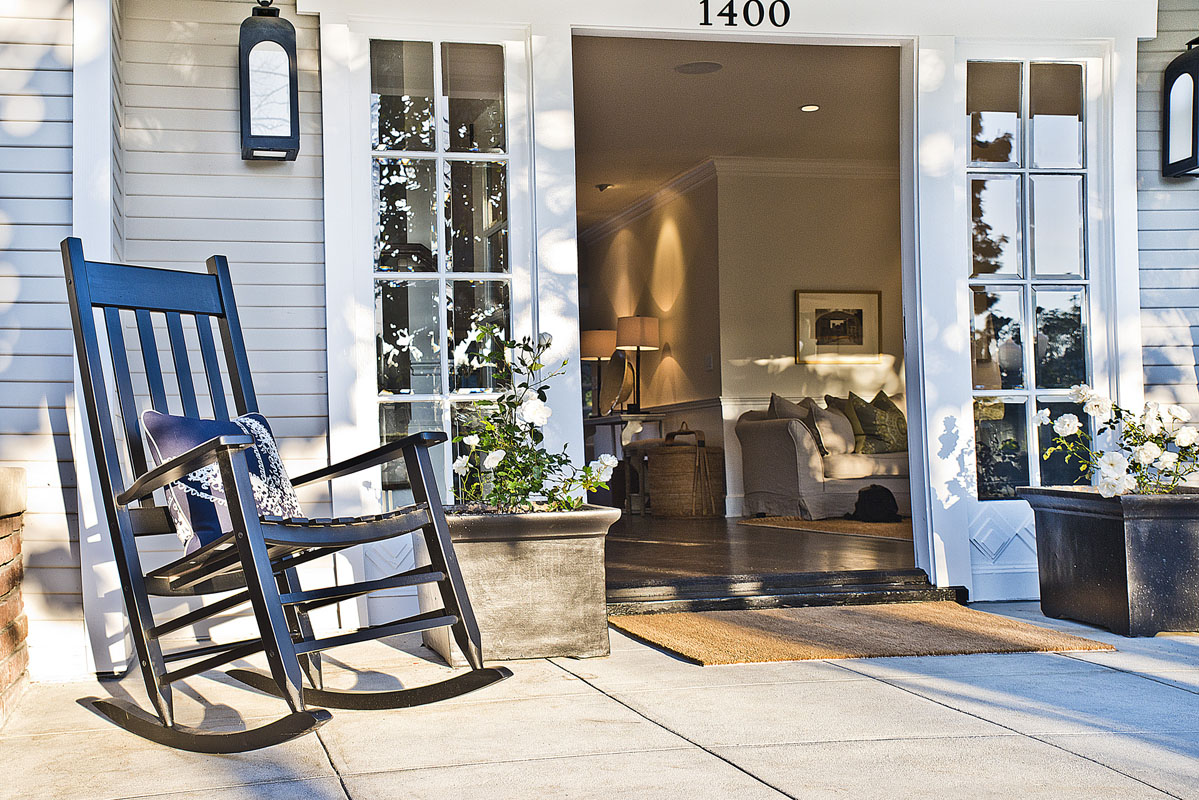
When it comes to a great home, one vital aspect about it is its longevity. Obviously, a person will want his or her home to stay in great condition as long as possible, meaning that a premium should be placed on longevity. However, you might be wondering how long a home should actually last. It’s a tricky question to answer, but as your providers of Los Angeles kitchen remodel and bathroom remodel services, we at JNO Construction & Design would like to do our best to answer this complex question.
A Home’s Lifespan
While questions about a home’s lifespan are something that we hear asked quite often, there’s really no definite answer to it. Homes are all different and their lifespans will greatly vary from one home to the next. The average age of a home in the United States is about 20-to-60 years, with those in the Midwest and the Northeast being on the higher end of that spectrum. That doesn’t mean that homes can’t be much older than that though. In fact, the White House was finished in the year 1800 and it’s still a fully-functional and beautiful building well over 200 years later! With the right care and maintenance, a home can actually last for hundreds of years.
What you need to look into when determining whether a home will last for many more years is actually the components that the house is made up of. Each part will have its own lifespan that can offer a better look as to how long the house will last. Some common housing components along with a conservative estimate of their lifespans are as follows:
- Carpet: Ten years
- Faucets: 12 years
- Asphalt: 12 years
- Gas range: 15 years
- Air conditioner: 15 years
- Plumbing pipe: 80 years
- Bricks: 100 years
For a house to remain in great condition, these items (along with all others that a house is comprised of) will need to be replaced about that often. These estimates aren’t always a certainty, however, they can be used as an excellent guideline. If, for example, you’re purchasing a home with a gas range that’s 13 years old, even if it’s a fantastic gas range that operates perfectly, you should assume that you’ll still need to replace it in a few years. With constant maintenance, repairs, and updates of your home’s appliances and components, you can help ensure that your home will even outlive you!
Contact Your Los Angeles Bathroom and Kitchen Remodel Experts!
If you have any further questions for us, please don’t hesitate to contact us and let us know. If you’re interested in our Los Angeles bathroom remodel or kitchen remodel services, feel free to give us a call at (310) 363-7980. We can’t wait to help you attain the home of your dreams!
SHARE
Fatal error: Uncaught Error: Call to undefined function EdgeCore\CPT\Shortcodes\SocialShare\aalto_edge_addslashes() in /home/jnocon5/public_html/wp-content/plugins/edge-core/shortcodes/social-share/social-share.php:165 Stack trace: #0 /home/jnocon5/public_html/wp-content/plugins/edge-core/shortcodes/social-share/social-share.php(117): EdgeCore\CPT\Shortcodes\SocialShare\SocialShare->getSocialNetworkShareLink('pinterest', Array) #1 /home/jnocon5/public_html/wp-content/plugins/edge-core/shortcodes/social-share/social-share.php(88): EdgeCore\CPT\Shortcodes\SocialShare\SocialShare->getSocialNetworksParams(Array) #2 /home/jnocon5/public_html/wp-content/themes/aalto/framework/lib/edgtf.functions.php(1169): EdgeCore\CPT\Shortcodes\SocialShare\SocialShare->render(Array, NULL, 'edgtf_social_sh...') #3 /home/jnocon5/public_html/wp-content/plugins/edge-core/shortcodes/social-share/functions.php(39): aalto_edge_execute_shortcode('edgtf_social_sh...', Array) #4 /home/jnocon5/public_html/wp-content/themes/aalto/framework/modules/blog/t in /home/jnocon5/public_html/wp-content/plugins/edge-core/shortcodes/social-share/social-share.php on line 165


